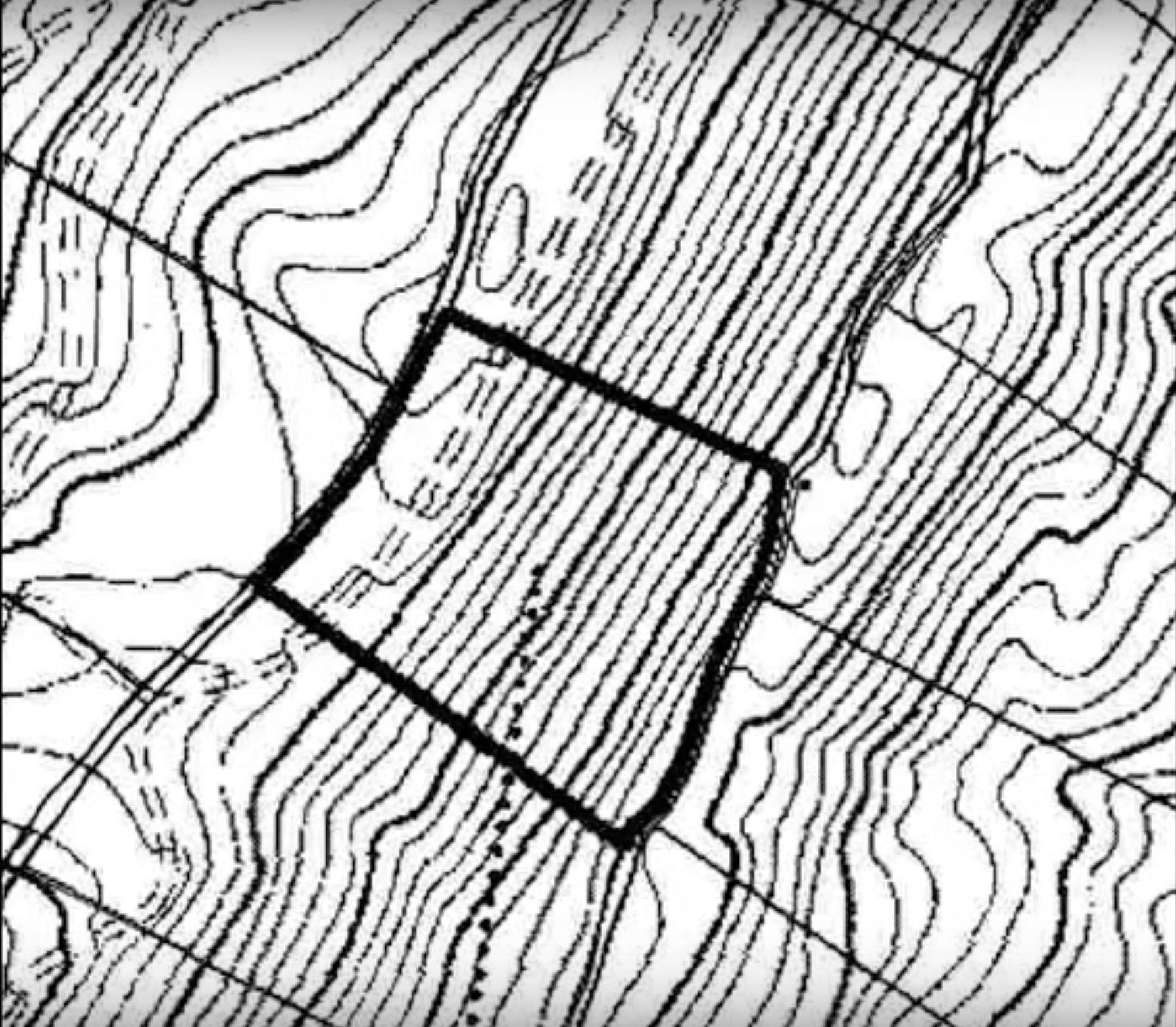Engineering Surveys: The Foundation for Safe and Effective Construction Projects
Engineering Surveys: The Foundation for Safe and Effective Construction Projects
Blog Article
Vital Tools and Strategies in Establishing Out Engineering
The discipline of setting out design relies heavily on a collection of important devices and techniques that underpin the accuracy and performance of project execution. What effects does this hold for future engineering methods?
The Importance of Accurate Measurements

The importance of precise measurements expands beyond simple compliance; they are integral to the general efficiency of engineering procedures. Errors can result in worldly waste, task delays, and boosted labor prices, ultimately impacting the task's lower line. Additionally, precise measurements improve the top quality of the end product, guaranteeing that it does as planned and fulfills the assumptions of stakeholders - setting out engineering.
Moreover, the importance of precise dimensions appears in numerous engineering disciplines, consisting of civil, mechanical, and electric design. Each area demands a distinct technique to dimension, yet the underlying need for accuracy remains constant. As projects come to be significantly intricate, the dependence on precise measurements will only escalate, emphasizing the need for continuous improvements in dimension strategies and modern technologies. Therefore, cultivating a culture that focuses on precision is crucial for the future of design.
Essential Tools for Setting Out
Establishing out, an important phase in the design and building and construction process, relies greatly on specific devices that guarantee precise location and positioning of structures. Among these devices, the property surveyor's degree stands out, giving exact straight measurements crucial for establishing recommendation factors. This instrument makes it possible for engineers to figure out altitude changes and keep uniformity throughout the project site.
The total amount station is one more crucial tool, incorporating digital distance measurement with angular dimension capacities. This technology improves performance and precision in capturing spatial information, allowing for reliable website format and preparation.
Furthermore, the use of determining tapes and marking devices, such as chalk lines or stakes, is essential for momentarily marking boundaries and essential factors on the site. These standard devices, though simple, are important for making certain clear interaction amongst the building and construction team regarding project specifications.
Finally, GPS innovation has acquired traction in laying out processes, offering real-time positioning data and significantly improving accuracy over traditional methods. Jointly, these crucial devices create the foundation of efficient laying out practices, ultimately adding to the effective implementation of design and building projects.
Advanced Surveying Strategies
Advanced evaluating methods play a critical role in enhancing the accuracy and effectiveness of engineering projects. These methods incorporate a variety of methods that supply precise data for layout and building. Conventional methods, such as progressing and triangulation, have evolved right into a lot more advanced methods, including Complete Terminal studies and International Navigation Satellite Solution (GNSS)
Overall Station devices incorporate electronic theodolites with range measurement capabilities, permitting property surveyors to collect specific location information with excellent speed. This modern technology substantially reduces mistakes connected with hand-operated measurements and gives real-time data handling. Additionally, GNSS supplies unmatched accuracy for large jobs by making use of satellite signals to identify exact positioning, which is necessary for aligning structures and making certain compliance with layout specifications.
In enhancement to these devices, progressed strategies also integrate geospatial analysis and 3D modeling. These techniques make it possible for designers to imagine terrain and site problems better, facilitating much better decision-making during the planning stage. By utilizing these sophisticated checking methods, engineering projects can achieve greater accuracy in layout, lower rework, and inevitably boost total task success.
Digital Technology in Engineering
The integration of electronic modern technology has actually revolutionized engineering techniques, boosting both performance and precision throughout different self-controls. Tools such this contact form as Building Details Modeling (BIM) promote the visualization and monitoring of complicated jobs, allowing engineers to team up flawlessly and make educated decisions. This technology enables the production of thorough 3D designs, which can be evaluated for structural honesty and effectiveness before construction starts.

The application of artificial intelligence and machine discovering in engineering processes better enhances anticipating maintenance and optimization of resources. Overall, digital modern technology is reshaping the engineering landscape, driving technology, and guaranteeing that tasks are finished with greater effectiveness and lowered risk.
Finest Practices for Execution
When implementing digital technology in design, it is critical to establish a tactical method that Get the facts lines up with task goals and organizational capacities. A comprehensive evaluation of existing operations and technology infrastructure is necessary to recognize gaps and opportunities for enhancement. Engaging stakeholders early while doing so cultivates cooperation and ensures that the technology satisfies individual requirements.

Job supervisors ought to take on a repetitive implementation technique, enabling modifications based upon real-time responses and efficiency evaluations. This agile method not only mitigates risks however likewise promotes constant enhancement by integrating lessons discovered.
Final Thought
Finally, the assimilation of crucial devices and progressed strategies in establishing out design is essential for ensuring precision in measurements and successful project implementation. Using tools such as property surveyor's degrees, complete terminals, and GPS innovation, together with contemporary checking methods, enhances precision and minimizes the sites likelihood of mistakes. Taking on finest methods in implementation further enhances these procedures, eventually fostering boosted task results in the engineering and construction fields.
The technique of setting out engineering counts heavily on a suite of vital tools and strategies that underpin the precision and effectiveness of task implementation.Additionally, the importance of exact measurements is noticeable in different engineering techniques, including civil, mechanical, and electric engineering. By using these sophisticated checking strategies, engineering projects can accomplish greater accuracy in layout, lower rework, and eventually boost general project success.
On the whole, digital technology is reshaping the design landscape, driving development, and making certain that jobs are finished with greater effectiveness and reduced danger (setting out engineering).In verdict, the combination of essential tools and progressed techniques in establishing out design is crucial for making sure accuracy in measurements and successful task execution
Report this page